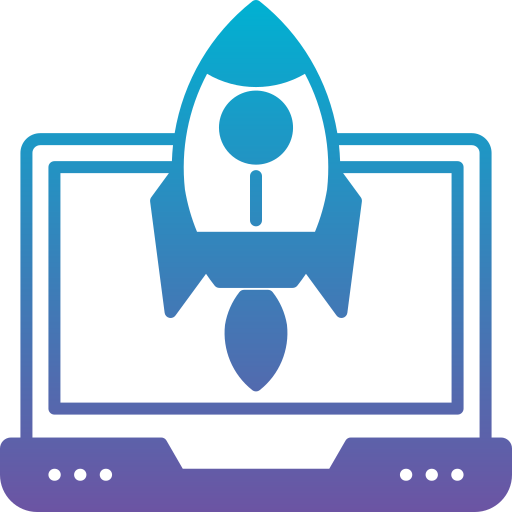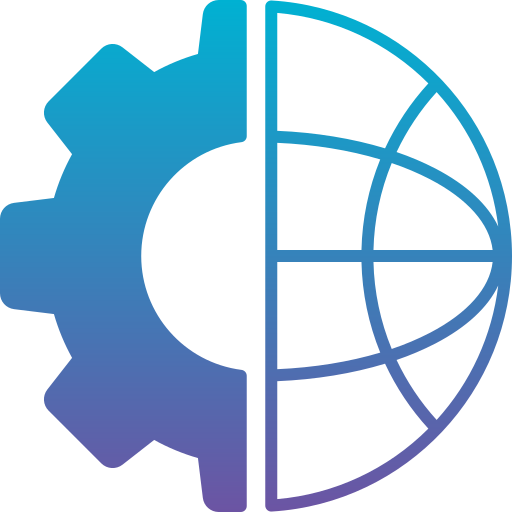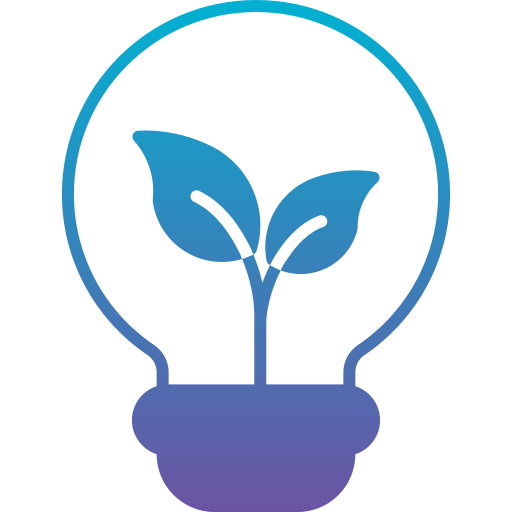The UNLP joins the ITU initiative to Bridge the Digital Innovation Gap for inclusion an sustainability

Vision
Our objective is to become a regional leader in technological solutions aimed at achieving digital inclusion and sustainability for underserved and marginalized communities.
Technology for Good: To develop digital technologies for the well-being of individuals and the local communities' environment.
Incubating Technological Products for Local Communities:
Our ambition within three years is to generate digital technology for a circular economy. Once this mission is accomplished, our success will be measured by fostering social inclusion for marginalized communities, contributing to the creation of a more equitable and sustainable society. Additionally, we aim to collaborate in the digitalization of local productive processes and to work on social innovation to promote sustainable production systems.

Objetive
Developing partnerships to create new open technological solutions suited to digitally empower local communities within a circular economy.
Key Points of Our Mission:
:: Promote women's participation in the design and use of technologies.
:: Increase environmental awareness and community involvement.
:: Responsible management of electronic waste.
:: Ecosystem-driven.
:: Inclusion-oriented.
:: Digital and social inclusion that encompasses, but is not limited to, accessibility, gender equality, ethics, open solutions, and sustainability.

Values
:: Promote an open technological ecosystem.
:: Ensure transparency in processes for accountability and open collaborations.
:: Foster innovative technologies.
:: Encourage collaboration and teamwork to develop inclusive solutions within the ecosystem.
:: Uphold information privacy and cybersecurity to protect and preserve the integrity of users and data.
UNLP
The National University of La Plata (UNLP) was founded in 1905. With more than a century of experience, it continues to be a pioneer in advanced cultural, artistic and scientific studies and developments. This has given it the prestige that places it among the leading universities in the country, the American continent and the world. Teaching, research and outreach are the basic pillars of this University. It has 17 Faculties, where 110 thousand undergraduate students study.
The academic offering includes 111 courses that grant 157 undergraduate degrees. In addition, there are 170 undergraduate courses and 500 postgraduate courses that are attended by approximately 23,000 students. At the undergraduate level, the academic offering includes five pre-university colleges with an enrollment of nearly 6,000 students.
The UNLP academic offering includes 111 undergraduate courses -157 degrees- and 170 postgraduate courses in addition to some 500 postgraduate courses. Between courses and courses, it receives some 22,000 postgraduate students. It also has 100 free chairs dependent on the Presidency, which are added to the many that operate in the Faculties.
At the undergraduate level, the academic offering includes five Pre-University Colleges with an enrollment of close to 5 thousand students.
UIT
ITU is the United Nations specialized agency for information and communication technologies (ICTs). The Organization is made up of a membership of 193 Member States and more than 1000 companies, universities and international and regional organizations. Headquartered in Geneva, Switzerland, and with regional offices on every continent, ITU is the oldest agency in the UN family – connecting the world since the dawn of the telegraph in 1865.
ITU facilitates international connectivity in communication networks. Allocates global radio spectrum and satellite orbits, develop the technical standards that ensure networks and technologies connect seamlessly, and work to improve access to digital technologies in underserved communities worldwide. ITU works to bring digital connectivity to everyone, providing a trusted, multilateral platform to broker international agreements and standards, share knowledge, build capacity, and work with members and partners to spread access to technology around the world.
Technology has become the backbone of modern life. Networks and devices everywhere rely on ITU’s work. Every time we use a mobile phone, send an e-mail, access the Internet, watch TV or streaming services, take a plane, consult the weather forecast, or use satellite images to navigate or explore, we are relying on ITU’s work. 2.6 billion people, largely in developing countries, remain unconnected. ITU works to close this digital divide through universal connectivity and sustainable digital transformation.
ITU Member States from around the world elected the Organization’s top five officials during the 21st Plenipotentiary Conference (PP-22) in September and October 2022.

